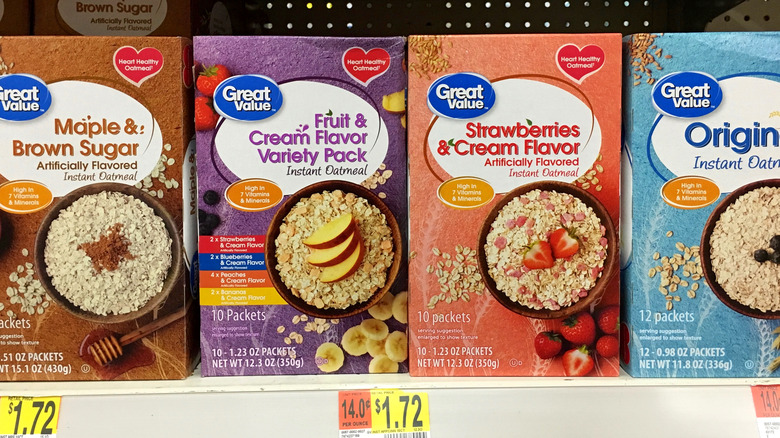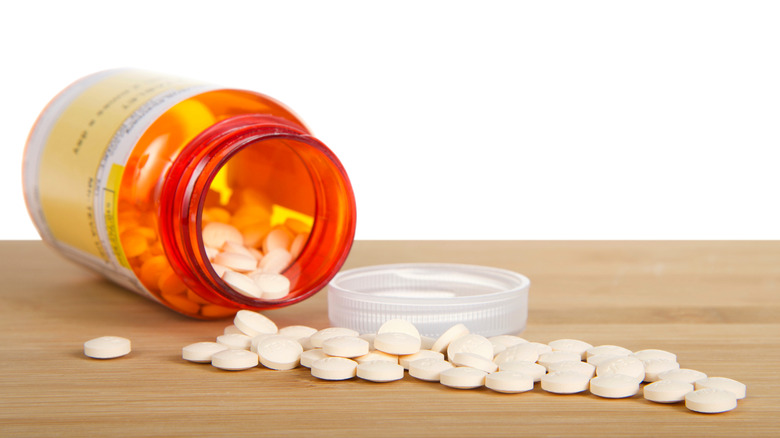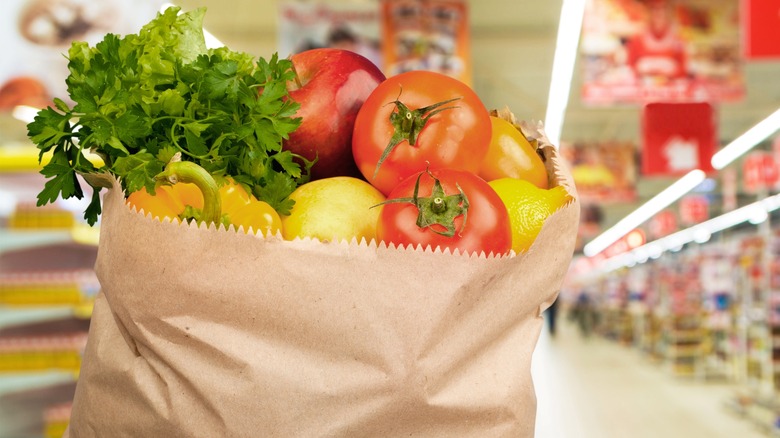From flour and sugar to medications, these goods are often half the price of their brand-name counterparts.
Store brand groceries, for example, cost about 25% less than popular brands, reportsBusiness Insider.
One reason is thatbig brandsspend millions on marketing and advertising, so they need to offset those costs.

Manufacturers still need to conduct research and testing, obtain licensure, and apply for permits.
Many times, they pass on these costs to consumers.
The same goes for generic drugs.

However, they still undergo extensive research to ensure they meet the same standards as their brand-name equivalents.
Back then, their quality was questionable, but things have changed over the past decades.
Nowadays, generic products are often just as good as name brands.

Food companies, for instance, test hundreds of ingredients and recipes to create their products.
They also invest millions in branding.
From packaging and labeling to online advertising, every detail matters.
Store brands simply stick new labels to existing products to keep the costs low, notesMoney Crashers.
This allows them to pass on the savings to their customers.
As far as medications go, generic drugs have the same strength as their brand-name counterparts.
Once the patent has expired, anyone can manufacture and sell the product.
Generic drugs must meet the same quality and safety standards as the original version.
However, not all generics are created equal.
The same goes for vinegar, spices, and frozen fruits or vegetables.
Since these products have just one or two ingredients, they’re often equal to their brand-name versions.
Store-brand plastic wrap, trash bags, freezer bags, and coffee filters are all a good choice.